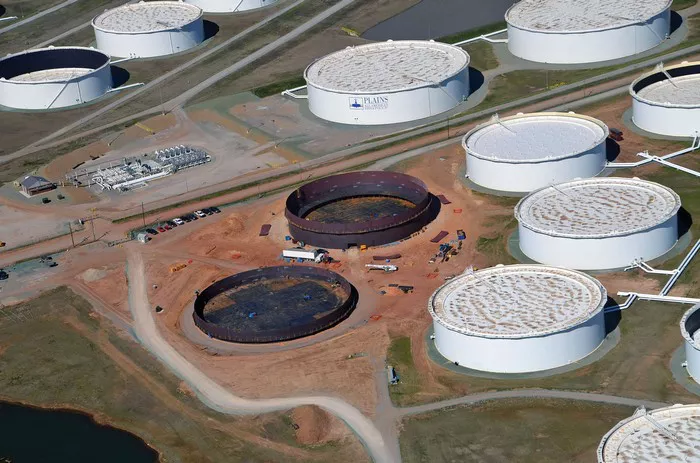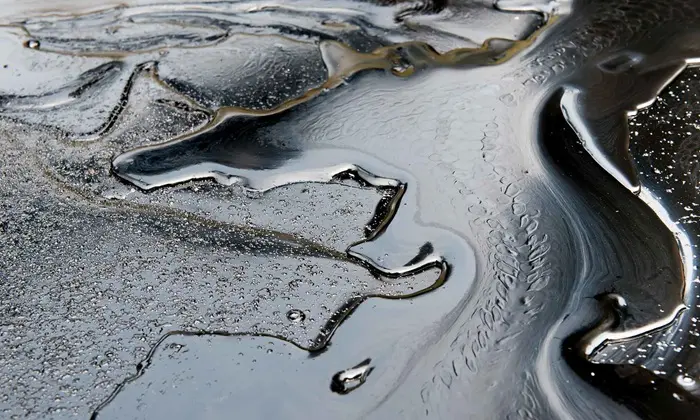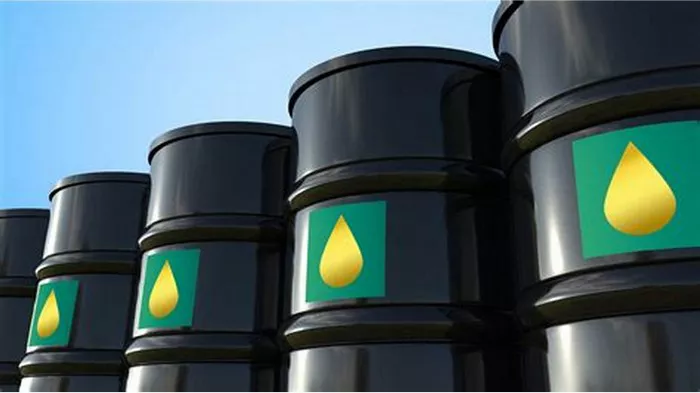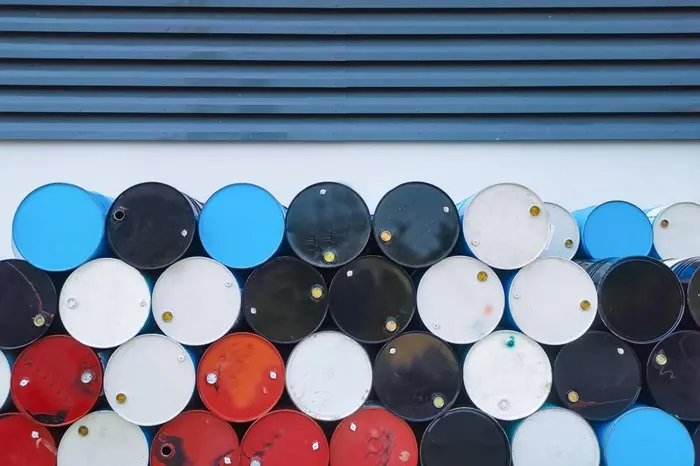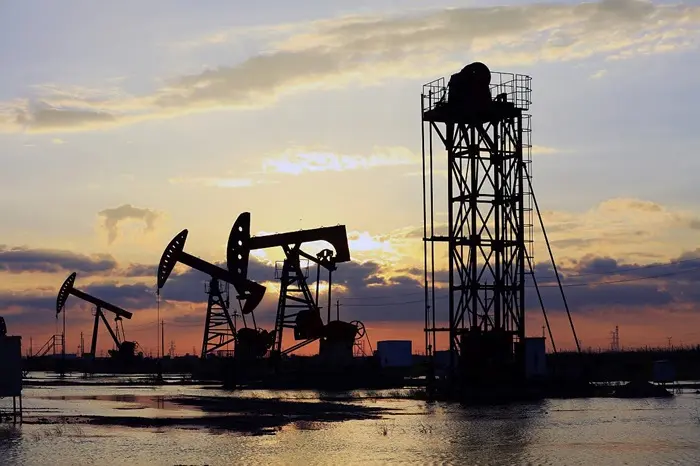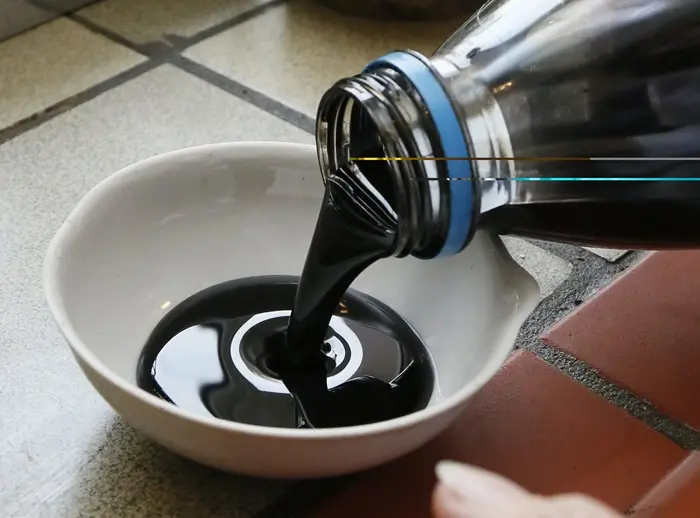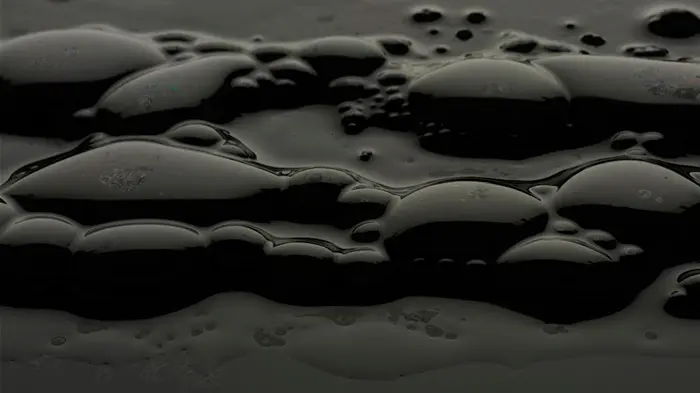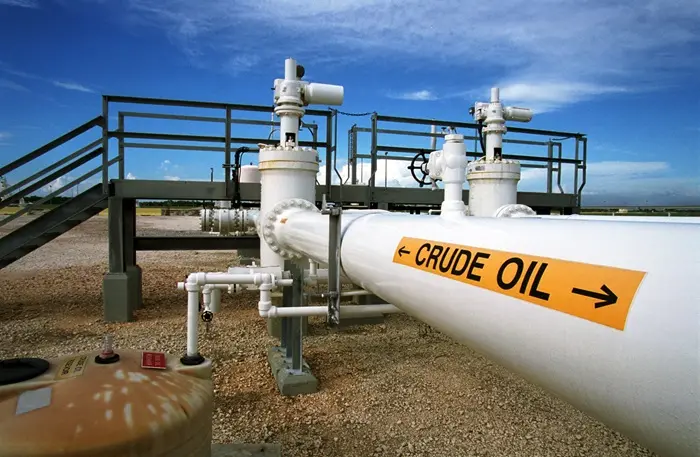Crude oil, often referred to as “black gold,” is a vital resource that powers industries, transportation, and economies worldwide. Its formation is a complex process that spans millions of years, involving various geological, chemical, and environmental factors. In this article, we will explore the intricate process of crude oil formation, addressing the question: “How long does it take for crude oil to form?”
What Is Crude Oil?
Crude oil is a naturally occurring fossil fuel composed primarily of hydrocarbons—molecules made up of hydrogen and carbon atoms. It is found in underground reservoirs, typically within sedimentary rock formations, and is extracted for refining into various products, including gasoline, diesel, and other petrochemicals.
The Origin of Crude Oil: Organic Matter as the Foundation
Marine Organisms and Organic Material
The formation of crude oil begins with the accumulation of organic material, primarily from marine microorganisms such as plankton and algae. These organisms, when they die, settle on the seafloor, mixing with sediments like sand, silt, and clay.
Sedimentation and Preservation
Over time, layers of sediments accumulate on the seafloor, burying the organic material. The preservation of this organic matter is crucial for oil formation. In an oxygen-poor environment, such as the deep ocean, the decay of organic material slows down, allowing it to be preserved over long periods.
The Geological Process: From Sediments to Source Rock
Burial and Compaction
As more sediments accumulate over the organic-rich layers, the pressure and temperature begin to increase. This process, known as burial, compacts the sediments into a dense, layered rock formation. The organic material within these sediments starts to transform under the increasing heat and pressure.
Kerogen Formation
The next stage in crude oil formation is the conversion of organic material into a substance called kerogen. Kerogen is a waxy, solid material that forms under moderate temperatures and pressures, typically at depths of around 1,500 to 4,500 meters (5,000 to 15,000 feet).
Transformation into Hydrocarbons
As the burial depth increases, temperatures rise further, reaching between 60°C and 120°C (140°F to 250°F). At these temperatures, known as the “oil window,” kerogen begins to break down into liquid hydrocarbons, forming crude oil. This process, known as catagenesis, is essential for the creation of crude oil and can take millions of years to complete.
See Also: What are the main suppliers of crude oil to the United States?
The Timeframe of Crude Oil Formation
Millions of Years in the Making
The formation of crude oil is a slow and gradual process that occurs over millions of years. The exact timeframe depends on several factors, including the type of organic material, the depth of burial, and the temperature and pressure conditions.
Organic Matter Accumulation: The initial accumulation of organic material on the seafloor can take thousands to millions of years, depending on the environmental conditions and the rate of sedimentation.
Kerogen Formation: The transformation of organic material into kerogen occurs over a period of several million years as the sediments are buried deeper.
Hydrocarbon Formation: The conversion of kerogen into crude oil within the oil window typically takes an additional 10 to 100 million years, depending on the geothermal gradient and other geological factors.
Variability in Formation Time
The time it takes for crude oil to form can vary significantly based on regional geology. In some areas with high heat flow and rapid sedimentation, crude oil can form relatively quickly, in geological terms—perhaps within tens of millions of years. In other regions, where the burial process is slower, crude oil formation may take hundreds of millions of years.
Migration and Trapping of Crude Oil
Primary Migration
Once crude oil forms within the source rock, it begins to migrate due to the pressure exerted by overlying sediments. This process, known as primary migration, involves the movement of oil through tiny pores and fractures within the rock. Because oil is less dense than water, it tends to move upward.
Secondary Migration
As oil continues to migrate, it may travel significant distances, moving from the source rock into more porous and permeable reservoir rocks, such as sandstone or limestone. This stage is known as secondary migration. The oil accumulates in these reservoirs, where it is eventually trapped by impermeable rock layers, known as cap rocks.
Formation of Oil Reservoirs
The final stage in the journey of crude oil is the formation of an oil reservoir. These reservoirs are typically found at depths of 1,500 to 4,000 meters (5,000 to 13,000 feet) and can hold large quantities of crude oil. The combination of a source rock, a reservoir rock, and a cap rock creates a geological trap, allowing oil to accumulate and remain preserved for millions of years.
The Role of Geological Time in Oil Formation
Geological Time Scales
Understanding the formation of crude oil requires an appreciation of geological time scales. The processes involved in oil formation occur over millions to hundreds of millions of years, far beyond the scale of human lifetimes. Geological time is divided into eons, eras, periods, and epochs, with the most relevant period for oil formation being the Mesozoic era (around 252 to 66 million years ago).
Significance of the Mesozoic Era
The Mesozoic era, particularly the Jurassic and Cretaceous periods, was a time of extensive marine life and the accumulation of vast amounts of organic material. The warm, shallow seas that existed during this era provided ideal conditions for the formation of crude oil. Many of the world’s largest oil reserves, including those in the Middle East, were formed during this time.
Modern Exploration and the Search for Oil
Advances in Technology
The search for crude oil has become increasingly sophisticated with advances in technology. Seismic surveys, drilling techniques, and computer modeling allow geologists to locate and extract oil from deep underground. Despite these advances, the fundamental process of oil formation remains the same—rooted in millions of years of geological history.
Sustainability and the Future of Oil
As global energy demands continue to grow, the sustainability of crude oil as a resource is a pressing concern. While crude oil has been a cornerstone of industrial development for over a century, the finite nature of oil reserves and the environmental impact of fossil fuels have prompted a shift towards renewable energy sources. Understanding the lengthy process of crude oil formation underscores the importance of using this resource wisely and transitioning to more sustainable energy alternatives.
Conclusion
The formation of crude oil is a remarkable geological process that spans millions of years. From the accumulation of organic material on ancient seafloors to the slow transformation into hydrocarbons under intense heat and pressure, crude oil’s journey is one of nature’s most fascinating phenomena. As we continue to rely on this valuable resource, understanding its origins and the time it takes to form can help us appreciate its significance and the need for responsible energy use in the future.
[inline_related_posts title=”You Might Be Interested In” title_align=”left” style=”list” number=”3″ align=”none” ids=”3425,3361,3358″ by=”categories” orderby=”rand” order=”DESC” hide_thumb=”no” thumb_right=”no” views=”no” date=”yes” grid_columns=”2″ post_type=”” tax=””]

